This week's animal isn't endangered, nor is it exotic to those that live in the Pacific Northwest. If anything, it is a fairly common animal, often found in rural areas munching on people's gardens and otherwise being a pest. Hunted for sport, the head and ornaments that are attached becoming trophies to hang on the wall. What is it? The black tailed deer!
As their name suggests, these deer have black tails... Or at least, mostly black tails. They are actually one of 9 species of mule deer, in all truth though. They were first found and recorded as a species when Lewis and Clark went on their famous expedition into the Northwest.
Unlike most mule deer species, these guys don't really migrate. They usually just stay in one general area. The only thing that can displace them is usually a forest fire or the like. Does of this species usually weigh about 130 lbs, while as bucks can weigh up to 200 lbs. I guess that there are some humans can outweigh them. But do not underestimate their strength.
Only the males have antlers, and will begin growing them for the first time around 6-8 months old. After that, the antlers will get bigger year after year. In 4-5 years, they will be at full size. That means that they won't really get any bigger in terms of how wide the antlers are, but will continue to add branches and forks as they get older.
This species prefers to live in wooded areas, and as previously stated will more or less stay in the same place. They like to eat acorns, berries, fungi, grasses, lichen, nuts, shrubs and woody growth. Being ungulates, they have about 4 stomachs. That means that like cows, they can regurgitate cud and chew their food all over again. Personally, I find it gross. But it works for them.
The mating season usually lasts through November and some of December. Does prefer males with large antlers, and the males will fight to establish dominance and mating rights. Fawns will arrive in late May or early June, weighing in at about 6-8 pounds. Twins are pretty common, but young females will usually only have one. The males take no part in child-rearing, leaving the moms up to it.

There is one huge problem with fawns though. Usually a mom seeks seclusion before giving birth, to help avoid predators for her newborns. For the first few weeks of life, the fawn is mostly left all alone except for feeding time. People come across these fawns and think that they are abandoned, and need help. MORE LIKELY THAN NOT, YOU ARE WRONG. DO NOT TAKE YOUNG FAWNS THAT YOU FIND. LEAVE THEM ALONE. There are rare cases where you need to take it in, but do not keep it as a pet. If you find a fawn that is cold, weak, thin, or injured, keep an eye on it. If mom does not return to it within eight hours, it might be orphaned and need your help. If this is the case, call a rehabilitation center that is in your area. DO NOT TRY TO RAISE IT YOURSELF. DO NOT KEEP IT AS A PET. Little known, but it is actually illegal unless you have a permit.Wildlife Safari actually has the result of one of those illegal pet deer.

Meet Snowball. Yes, she is indeed a black tailed deer. A genetic mutation caused her unique coloration, along with short legs and severe arthritis. But she is on pain meds. Someone, while walking, had found her as a fawn. Assuming that she was abandoned or orphaned, they took her home.
They raised Snowball as a pet, collar and everything. But one day, a neighbor complained about Snowball for one reason or another. The moment the police/animal control found out, she was taken away. She couldn't be released into the wild, she was too tame for that by this point, and would not survive.
The owners fought in court to get her back. But they did not have the permit, and they couldn't get one. So they lost the case, and Snowball had to find a new home.
Wildlife Safari offered to take her in, and we now have her in the Petting Zoo area of Village. Snowball loves attention, especially chin scratches. But even so, she is just one of hundreds, if not thousands of fawns taken from the wild because of confused or ignorant humans. Think about how their mothers must feel! For those who are moms, how would you like it if your perfectly healthy baby was taken away? Especially if you later found out that it was because of ignorance, and someone thought that they were abandoned or orphaned?
So remember, leave fawns alone unless they show obvious signs of distress (See above, before Snowball's Story).
Sources:
- http://wdfw.wa.gov/conservation/health/rehabilitation/deer_fawns.html
- http://animals.mom.me/blacktailed-deer-6477.html
- http://www.nhm.org/site/explore-exhibits/permanent-exhibits/north-american-mammals/black-tailed-deer






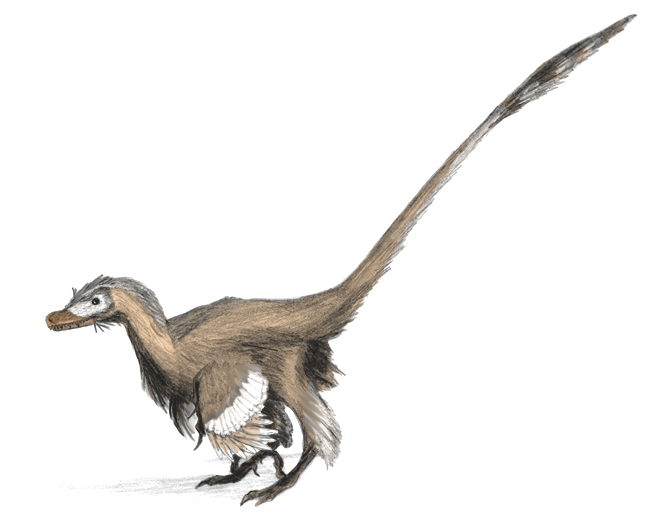
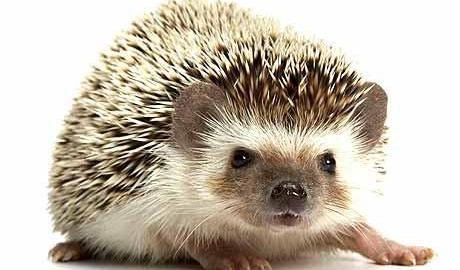






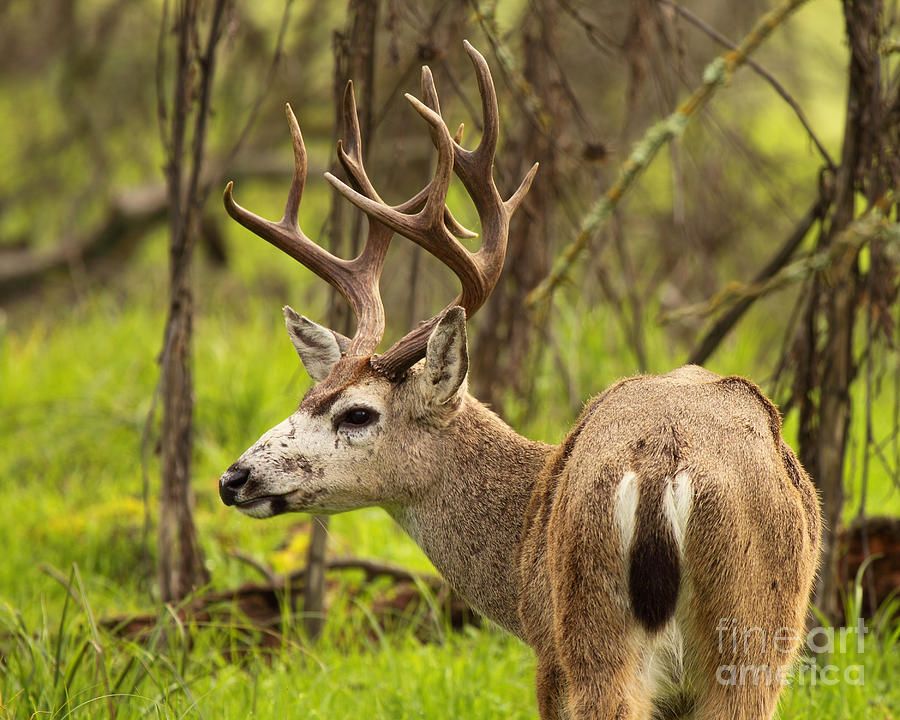







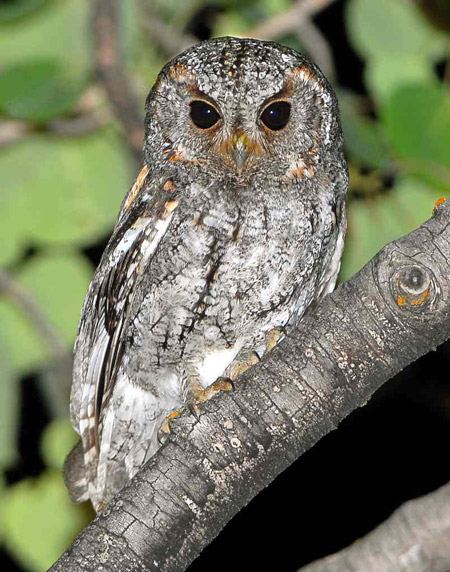




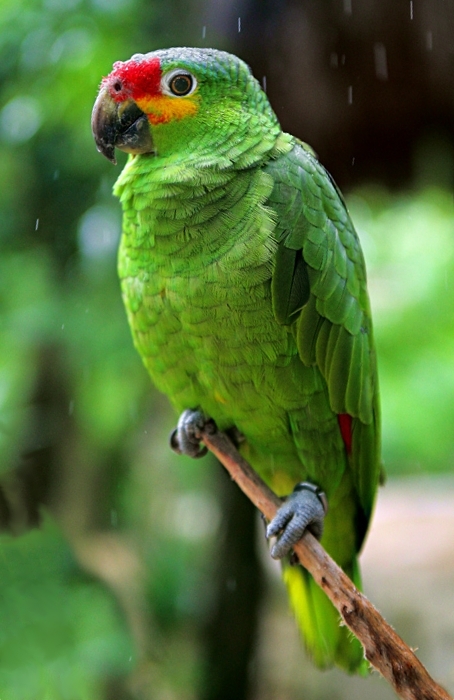
_-in_aviary.jpg)









